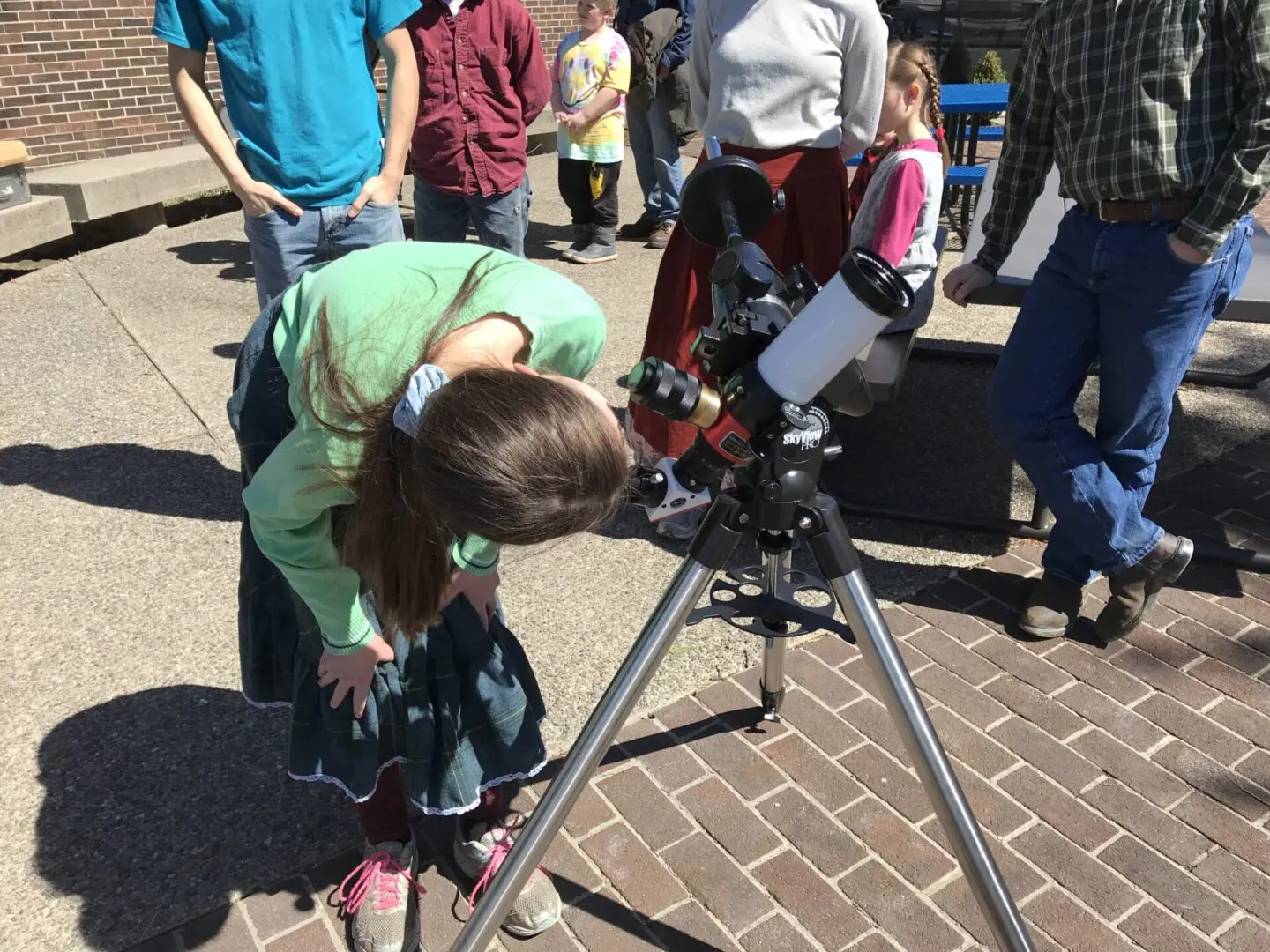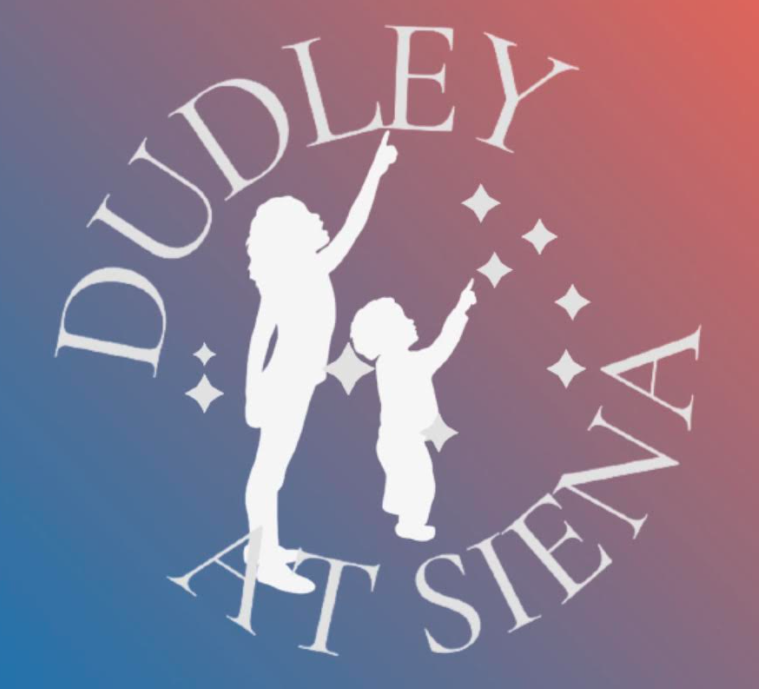Astro Labs

Bring our Dudley at Siena astronomer to your class to work with your students to explore a variety of different elements of astronomy and astrophysics with engaging, hands-on activities. Astro Labs can be developed to meet your existing curriculum needs or you can ask about our variety of existing programs.
Book your Astro Lab today by filling out a reservation form and emailing it to info@DudleyObservatory.org. A representative will reach out to you to finalize your program booking. All bookings are based on the availability of staff and are made on a first come first serve basis.
Pricing: Astro Labs are offered at a rate of $200 per program. Each program is about 45 minutes of activities with an additional 15 minutes for participant questions.
Astro Labs work best with groups of 30 or less. If you need more information or a quote for multiple/package programs, please contact us info@dudleyobservatory.org.
PLEASE NOTE:
Outreach programs are offered within 60 miles of Siena University campus in Loudonville, NY.
A $50 fee will be assessed per hour if there is an hour or more break between programs. For instances of multiple programs, the preference is for the program to take place in the same location.
An adult chaperone must be present at all times.
A maximum of five consecutive classes can be taught by our Astronomer per day.
Each workshop occurrence (including consecutive occurrences of the same workshop) requires its own set up time.
Elementary - Nighttime! Daytime!
Have you ever wondered why the moon changes shape? Or why the sun rises in the morning and sets in the evening? Your students will use models of the moon and sun to learn why the moon goes through phases and how the rotation of the Earth causes night and day.
Elementary - Get Down with Gravity!
Gravity is one of the four fundamental forces that make the universe run. But it’s invisible! How can we learn about it? In this activity students will show that gravity is a force that always points “down” and will experiment with objects of different mass to see if heavier ones fall more quickly than lighter ones.
Elementary - Near Star, Far Star, Bright Star, Dim Star
The Sun is a very important star. Its heat and light are integral to life on Earth. But it’s not the biggest star we can see with the naked eye. So why does it look the brightest? In this activity, students will explore the relationship between distance and apparent brightness of stars and learn about the magnitude system that astronomers use to measure the brightness of objects in space.
Elementary – Meteorite Meteor-Wrong
Learn about meteorites and how they help astronomers study the formation and interiors of the planets in our solar system. Students will explore different rock samples to determine which are real meteorite samples and which are rocks from Earth.
Middle School - The Galaxy Zoo
Galaxies are massive collections of stars, gas, dust, and dark matter. But sometimes that’s about all they have in common! In this activity, students will have an opportunity to learn about what galaxy color and shape can tell us about their stars, and they can get their creative juices flowing by creating their own classification scheme!
Middle School - How Big is Jupiter?
Planets in the solar system come in a variety of sizes. Jupiter may be the most massive planet, but how much bigger is it than Earth? In this activity, students will explore the relative sizes of solar system planets and the sun by making Play-Doh models.
Middle School - How Far is Pluto?
Space is huge. Even something as close to Earth as the Moon is over 200,000 miles away! In this activity, students will learn or review the concept of an astronomical unit (AU) and develop an intuition for the distance of solar system objects. This activity can be modified for indoor or outdoor use.
High School - Our Rainbow Universe
Stars are natural nuclear fusion machines. They create heat and light by fusing hydrogen and helium, and in the process produce other elements. But stars, even our Sun, are extremely far away. How can we tell what a star is made of? In this lab, students will learn about the blackbody spectrum and how different elements emit light at different wavelengths that we can measure with telescopes.
High School - Our Expanding Universe
Ever since the Big Bang 13.8 billion years ago, the universe has been expanding. But how do we know? What types of observations would lead astronomers to this bizarre conclusion? In this activity, students will model the expansion of the universe and study how this expansion affects the light we see and the distances we measure.
